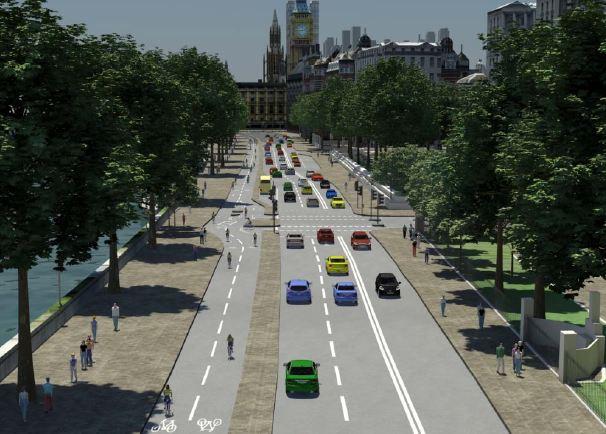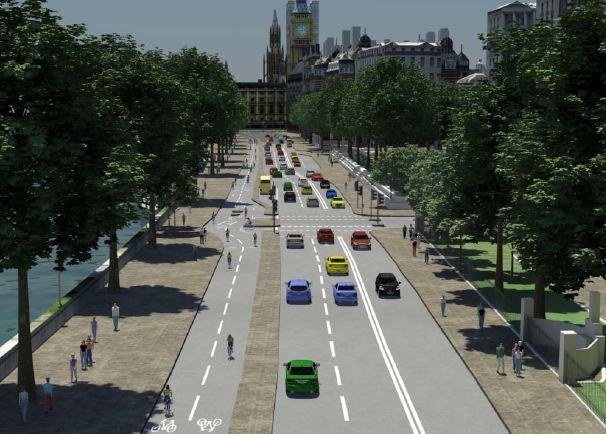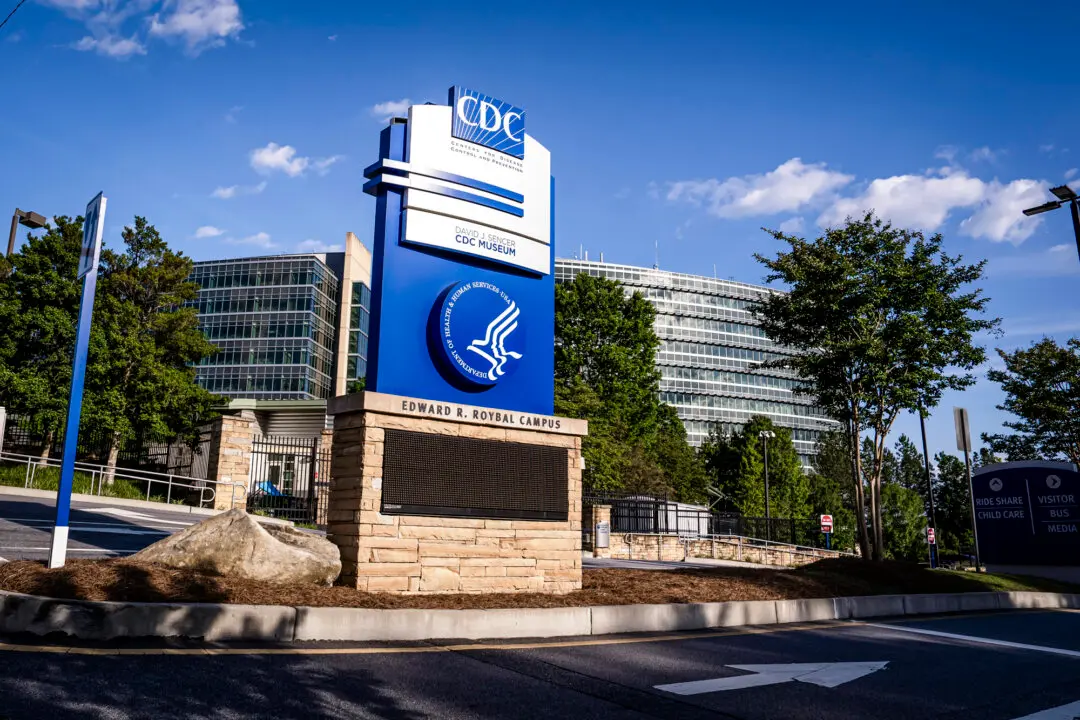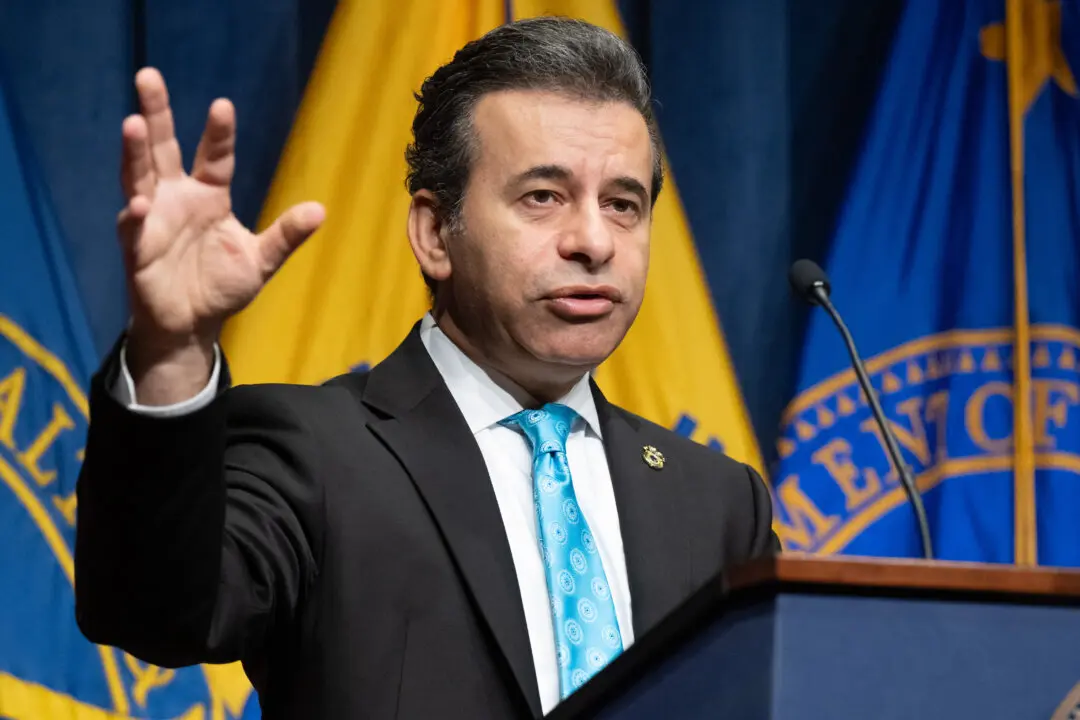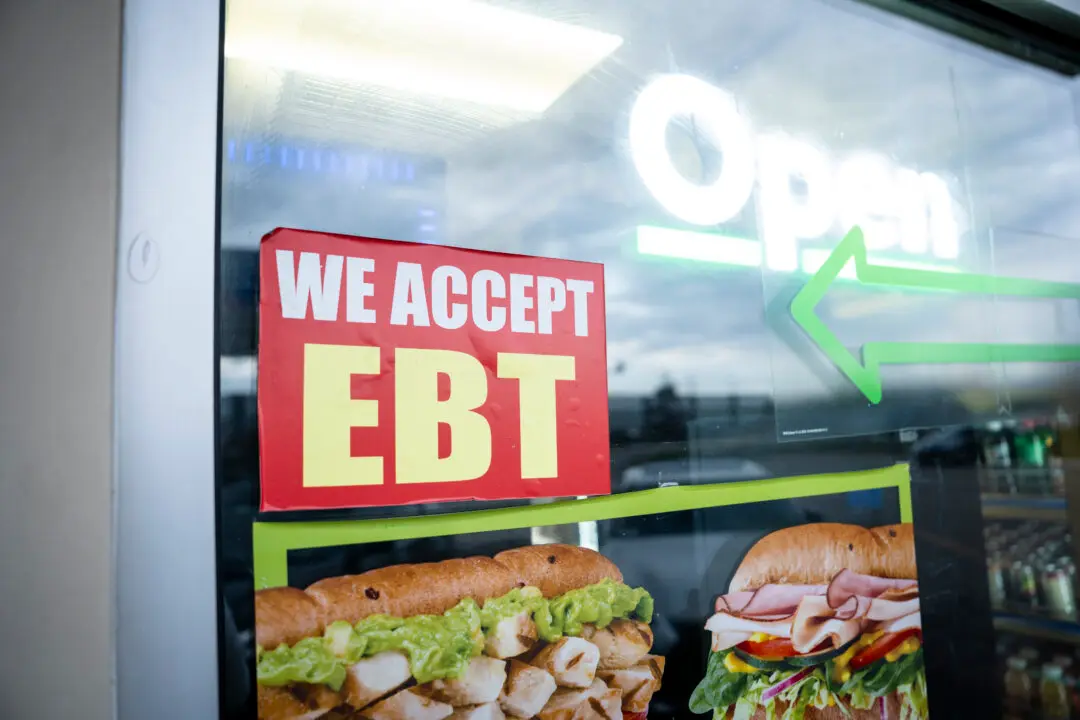An ambitious plan to propel cycling further into the mainstream in London was unveiled by officials, including a 15 mile “cycle superhighway.”
The plan is wide-ranging: including a proposal to make an additional 80,000 cycle parking spaces by 2016, through to working with the construction industry to lessen the risk from construction sites for cyclists.
The cycle superhighway, from west London to Barking in the east, will replace one lane of automobile traffic on the Westway road.
“The Westway, the ultimate symbol of how the urban motorway tore up our cities, will become the ultimate symbol of how we are claiming central London for the bike,” said London Mayor Boris Johnson in the report introduction.
[video]http://www.youtube.com/watch?v=vJSvdpoVHBk&feature=player_embedded[/video]
Principal to the plan is to encourage cycling as a pastime and commute option for everyone, according to Johnson, a self-described passionate cyclist.
“I want cycling to be normal, a part of everyday life. I want it to be something you feel comfortable doing in your ordinary clothes, something you hardly think about. I want more women cycling, more older people cycling, more black and minority ethnic Londoners cycling, more cyclists of all social backgrounds—without which truly mass participation can never come,” he said.
